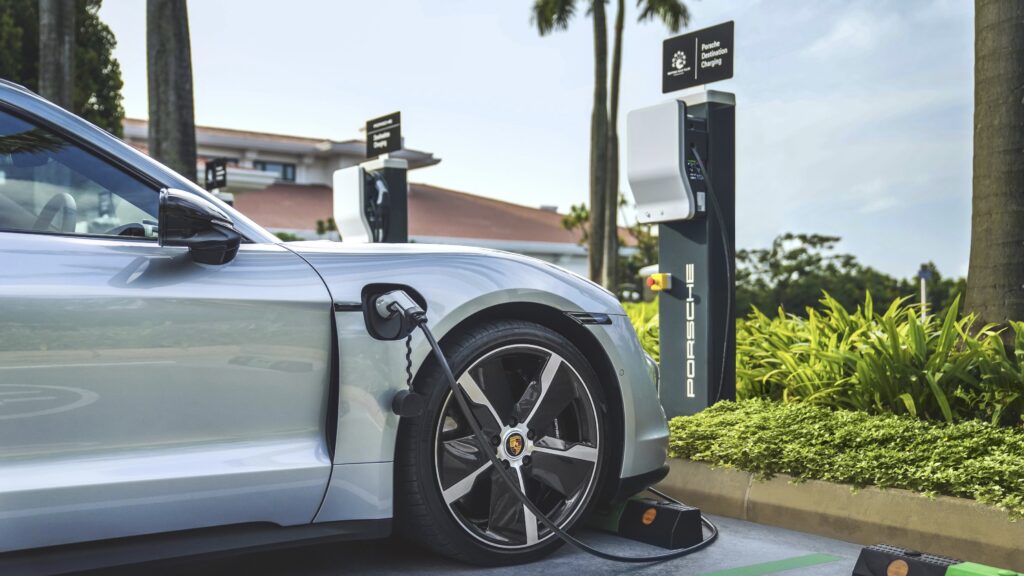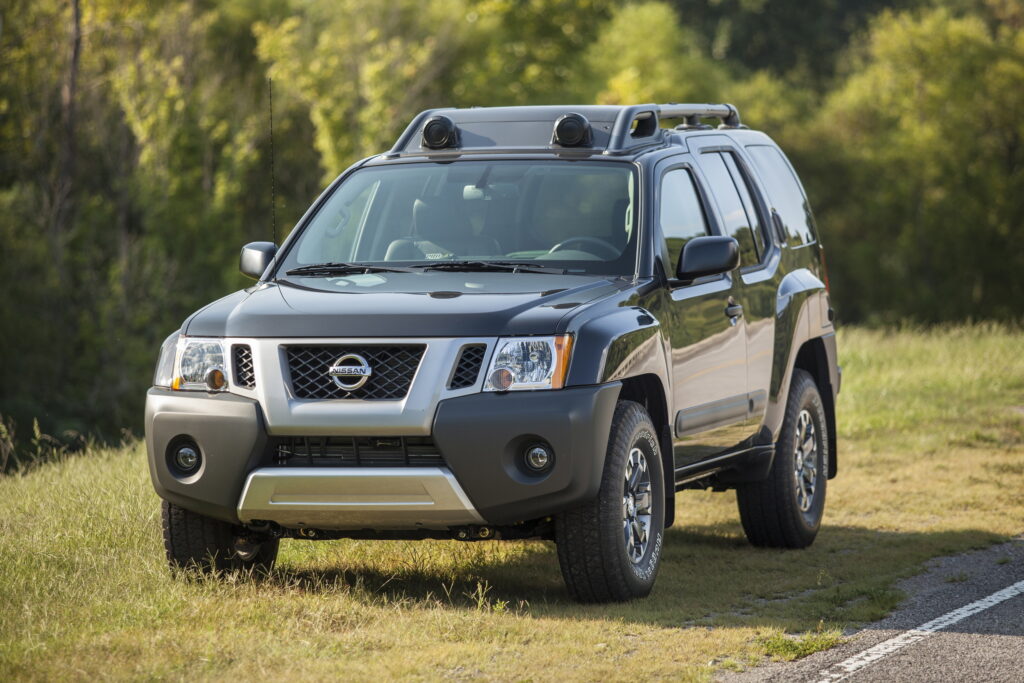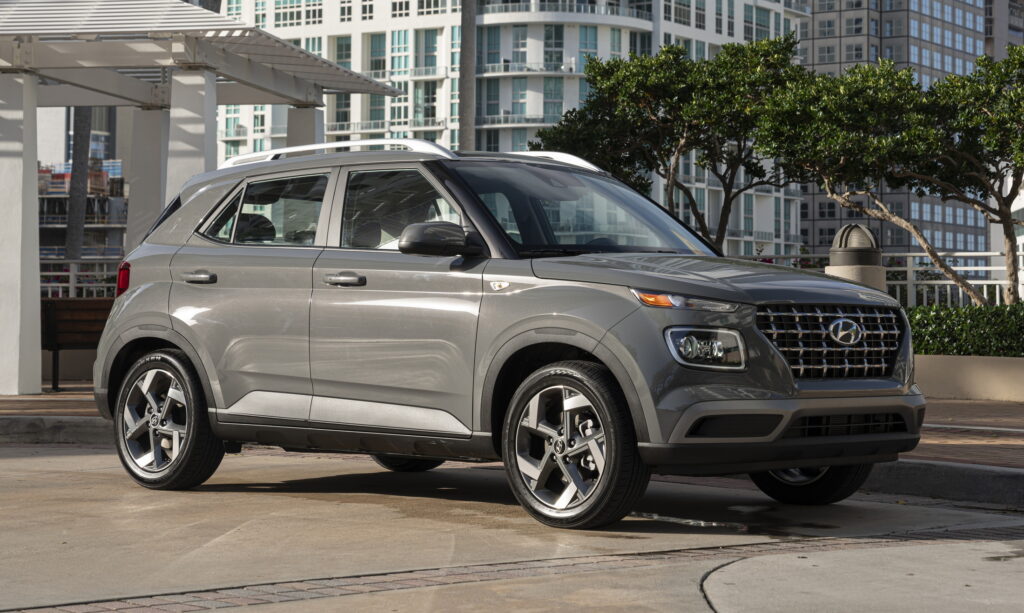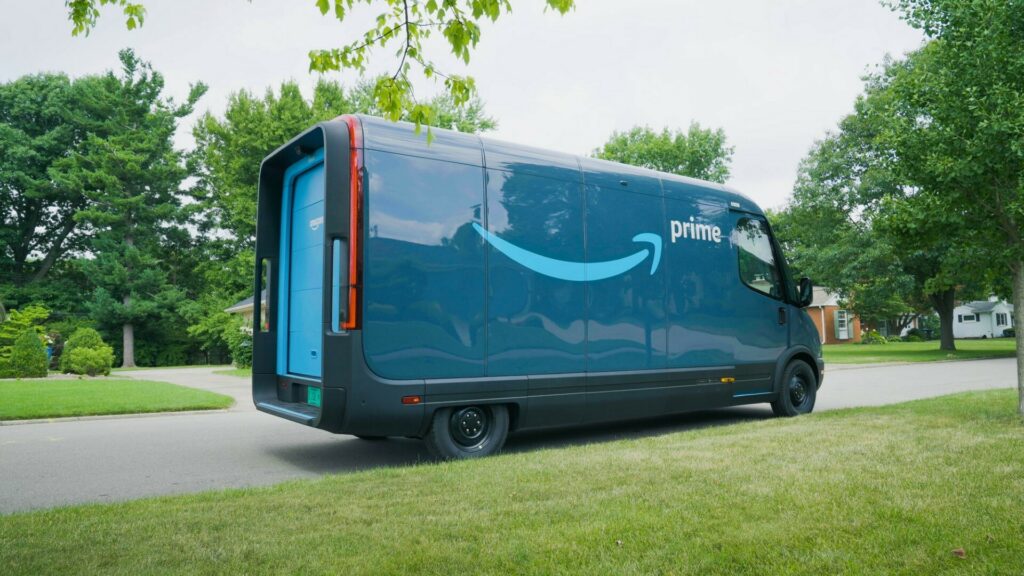Trump undertakes a MAGA-centric makeover of US civics education

The Trump administration has tapped conservative groups to lead an initiative promoting civics education. (Getty Images)
WASHINGTON — A slew of conservative groups will lead a new coalition to spur civics education and push the subject in a more patriotic direction, the U.S. Education Department announced last month, raising alarms for some traditional civics and education groups that were not included in the initiative.
The America First Policy Institute, a think tank with close ties to the president, is organizing and coordinating the America 250 Civics Education Coalition made up of more than 40 national and state-based groups, including prominent conservative advocacy organizations such as the Heritage Foundation and Turning Point USA.
The vast majority of the groups in the coalition promote a vision of U.S. identity that downplays historical wrongs associated with race and gender and projects the country as an exceptional force for good. Many are well-known conservative groups that have promoted President Donald Trump’s political agenda.
The coalition lacks many of the more traditional civics education groups who say their nonpartisanship is a fundamental element of civics education, leading to concerns from those groups.
“Our organization serves students in every state and over 80% of counties,” said Shawn Healy, the chief policy and advocacy officer at iCivics, a group that promotes public support for civics education. “You can’t do that if your curriculum is shaded red or blue — it has to be fiercely nonpartisan.”
The coalition will have nothing to do with school curricula, a department official said last month, acknowledging that the agency legally cannot dictate what schools teach. And it will not receive any federal funding from the department, the official added.
But the agency has taken other steps that appear designed to steer curricula in a more partisan direction.
The same day the coalition launched, the department announced it would be prioritizing “patriotic education” when it comes to discretionary grants. The agency said patriotic education “presents American history in a way that is accurate, honest, and inspiring.”
Earlier in September, the department said it would invest more than $160 million in American history and civics grants — a $137 million increase in the funds Congress previously approved.
Civics as cultural battleground
Civics — a branch of social studies that focuses on rights and obligations of citizenship and the basic mechanics of government — has been a bipartisan priority, though it’s become a hot-button issue within education culture wars regarding how and what is taught as America grapples with its complicated history.
Many on the political right, including Trump, have long bristled at how that history is taught. Going back to his first presidency, Trump has sought to exert control over the subject.
After retaking office in January, he reestablished the 1776 Commission — an advisory committee meant “to promote patriotic education.”
“Despite the virtues and accomplishments of this Nation, many students are now taught in school to hate their own country, and to believe that the men and women who built it were not heroes, but rather villains,” notes the executive order first establishing the commission during his first term.
The commission released a 41-page report in January 2021 that drew criticism from historians and educators, including the American Historical Association.
In a statement signed by 47 other organizations, the association wrote that the report makes “an apparent attempt to reject recent efforts to understand the multiple ways the institution of slavery shaped our nation’s history.”
Trump formed the commission after The New York Times published the 1619 Project, which aimed to “reframe the country’s history by placing the consequences of slavery and the contributions of black Americans at the very center of our national narrative.”
Heritage Foundation, Turning Point USA sign up
In its September announcement, the department said the coalition “is dedicated to renewing patriotism, strengthening civic knowledge, and advancing a shared understanding of America’s founding principles in schools across the nation.”
The coalition will include more than 100 events and programs across the country over the next year as part of the administration’s celebration of the country’s 250th anniversary.
The coalition is set to feature a 50-state “Trail to Independence Tour,” a “Fundamental Liberties College Speaker Series” as well as “Patriotic K-12 Teacher Summits and Toolboxes” aimed at supporting “patriotic teaching nationwide.”
The America 250 Civics Education Coalition includes right-wing organizations like the Heritage Foundation — the architect of the sweeping conservative policy agenda known as Project 2025 — as is America First Legal, a conservative advocacy group founded by Stephen Miller, the White House deputy chief of staff.
Turning Point USA, co-founded by conservative activist Charlie Kirk, who was assassinated in September, is also part of the initiative. PragerU, a conservative nonprofit that has drawn questions among researchers and scholars regarding the accuracy of its content, was also listed as a member of the coalition.
Education Secretary Linda McMahon was the chair of the board of the America First Policy Institute between her roles in the first and second Trump administrations. She had to sign an ethics waiver to participate in the coalition, according to the department official, who did not provide further details on what exactly this entailed.
‘News to us’
While conservative political organizations were made part of the coalition, leading civics education groups were not even aware of it before its public launch.
“Certainly, it was news to us about this coalition being formed,” Healy, of iCivics, said.
Healy added that his group encourages the America 250 Civics Education Coalition “to be more pluralistic in orientation” and that the organization is “eager” to have a conversation with the coalition about what they’re doing.
iCivics, a nonpartisan organization founded in 2009 by the late U.S. Supreme Court Justice Sandra Day O’Connor, launched CivxNow. The latter group describes itself as the country’s “largest cross-partisan coalition working to prioritize civic education in the United States.”
CivxNow’s nearly 400 members comprise a broad swath of mainstream civics education groups.
“It’s our fundamental belief, both as an organization and as a coalition, that civic education has to be fiercely nonpartisan and nonideological,” Healy said.
But only one group — Constituting America — is a member of both CivxNow and the America 250 Civics Education Coalition.
Momentum for civics
iCivics and others in the civics education field said the added attention the initiative brings to the subject will be positive.
The coalition “provides an opportunity for everyone interested in civic education and patriotic education to do something right now,” said Donna Phillips, the president and CEO of the nonpartisan Center for Civic Education, pointing to “decades where there hasn’t been enough, or any, attention to civic education.”
Phillips, whose organization is a member of CivxNow, said she hopes “the civic education field more widely can benefit from the momentum behind the need for this and that we can all find a place within this momentum and this moment.”
Hans Zeiger, president of the nonpartisan Jack Miller Center, described the administration’s initiative as the “latest development in what we take to be a growing movement for civics in the country.”
Zeiger, whose organization aims to empower college professors to work on civics education and is a member of CivxNow, said his group is “very interested in growing the national civics movement, and glad that there are people all across the political spectrum getting involved in the push for civic education.”
“It is always a good thing to have national dialogue on civics education,” the National Council for the Social Studies said in a statement.
The council, part of CivxNow, added that they “strive for balanced conversations that will continue to elevate high quality social studies standards.”
Teachers unions criticize coalition
The two major teachers unions, which are politically aligned with Democrats, blasted the coalition as unserious, and noted the lack of traditional civics groups.
“We have decades of research on what works in civic education,” Mary Kusler, senior director at the National Education Association’s Center for Advocacy, said in a statement to States Newsroom. “The proposal they are peddling lacks the rigor and respect our students deserve — which is evident by the lack of any respected civics or civil rights organizations as signers.”
Randi Weingarten, president of the American Federation of Teachers, said in a statement the 250th anniversary of the nation should have been “an opportunity for parents, teachers, historians and students to learn, celebrate, critique and think critically about our democracy.”
“Instead, Education Secretary Linda McMahon and the America 250 Civics Education Coalition rushed to create programming based on a single Trump-approved, ideological narrative, excluding the very people who know our history best: civics teachers and historians,” she said.















































